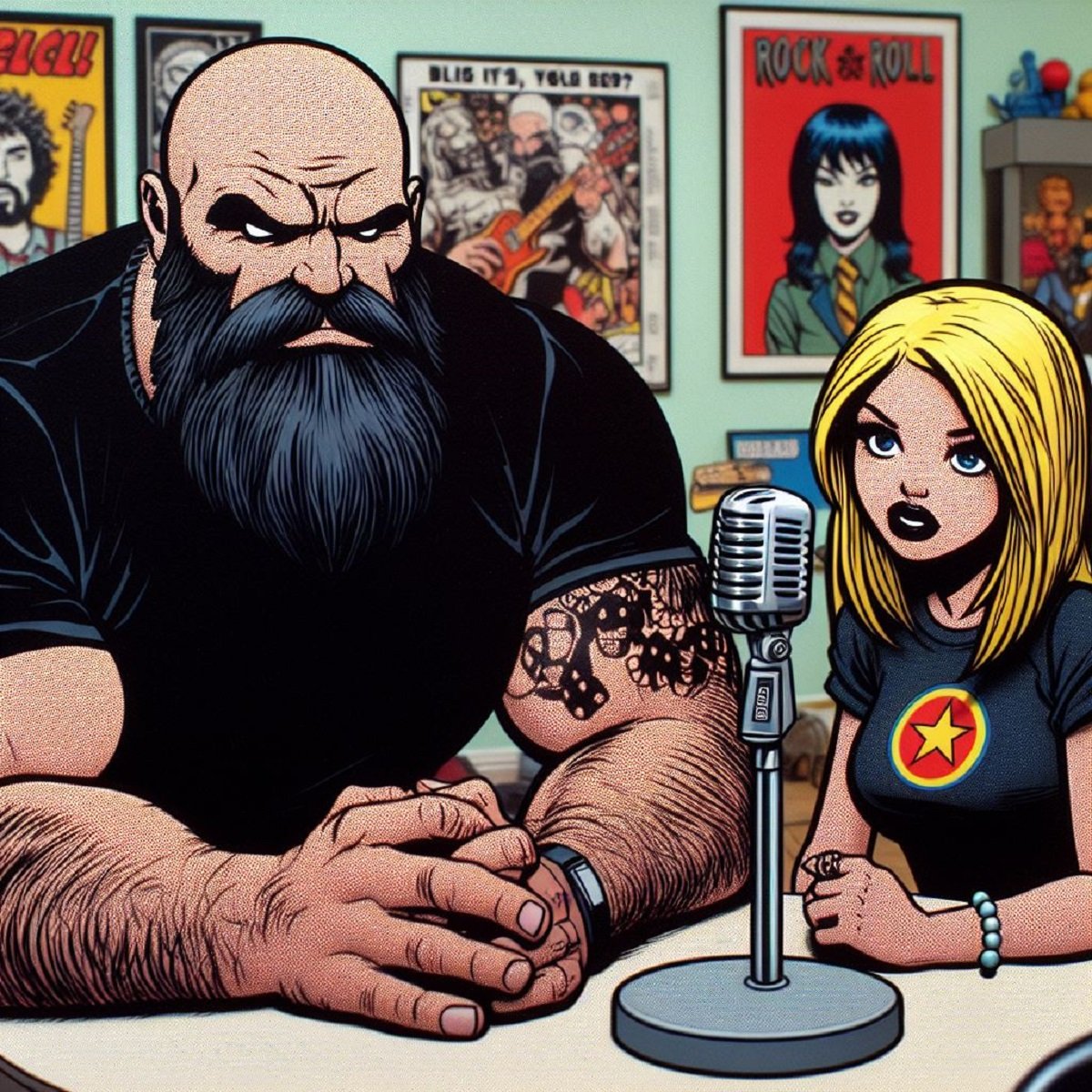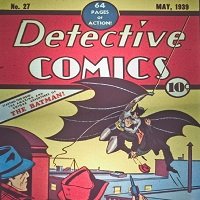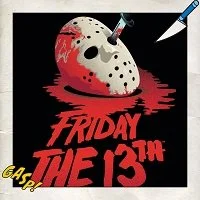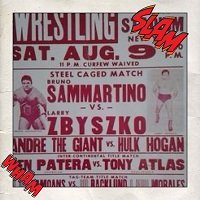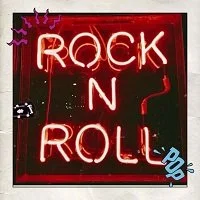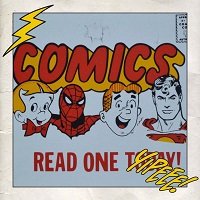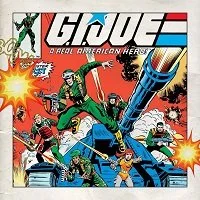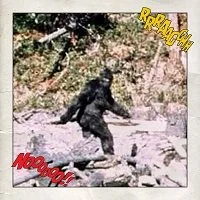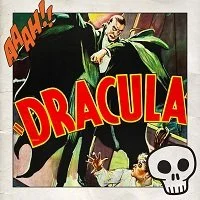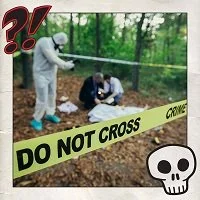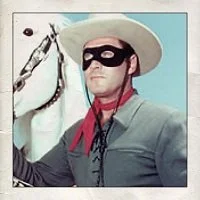Pixel Logic Video Game History: Telstar and the forgotten crash
By: Juan Nunez (Twitter)
Look at this brown triangular monstrosity:
We'll get to that.
An important lesson to take away from 1970s video game history is that no one knew what they were doing. It was an entirely new form of entertainment being introduced to the masses as it was being developed. The technology was evolving fast, and this led to some interesting choices and evolutionary dead ends.
Enter: Coleco. Coleco was a company that is most famous for its run in the 1980s toy business, which includes the Colecovision video game console and the Cabbage Patch Kids toy line. The Connecticut Leather Company, Coleco for short, was founded in 1932, and by the 1970s Coleco was a manufacturing company with a distinct lack of focus. Toys, snowmobiles, swimming pools, etc. All fair game for Coleco.
Coleco brought this "sure, why not?" attitude to the new exciting field of video games with the Telstar. The Telstar was not one video game console as much as it was a line of video game consoles. 14 different models were released throughout a couple of years. Obviously, this was way too many, but Coleco is gonna do what Coleco is gonna do. Let's take a look at the Telstar consoles and see how they compare to each other.
Original Coleco Telstar:
It was most likely released around May 1976 based on newspaper advertising of the period. The Telstar was what we refer to today as a Pong Clone console. It came to be after Coleco licensed the AY-3-8500 computer chip from General Electric and the video game console concept from Magnavox, producers of the Odyssey. The Telstar played three games, Tennis Hockey and Handball, which were really just one game with modifications. It didn't bring any controllers, with the console itself being the controller. It was a simple and relatively cheap alternative for people looking to get into video games in the home.
Coleco Telstar Classic & Coleco Telstar Deluxe:
It was released at some point in 1976. How can you release a "classic" version of a product that was just barely released a few months ago? Your guess is as good as mine. The main difference between the classic and the original is that the classic's outer shell was made of wood. Because 70s.
The "Deluxe" version is the same as the classic but with a slightly different outer design. It says "World Of Sports" on the unit, and it was released in the Canadian market with English and French text.
Coleco Telstar Ranger:
It was released about a year after the original Telstar, sometime around May 1977. This version is very similar to the original, except it brings a realistic-looking fake pistol for some basic shooting gallery games. Besides tennis/Pong, shooting games were the second most popular early videogame genre.
If you're curious, the Wonder Wizard consoles were made by Magnavox and are similar to the Telstar and Odyssey consoles.
Coleco Telstar Alpha:
It was most likely released around June 1977. A cheaper plastic version of the original Telstar with the same functionality but a sleeker black and grey look. The price drop and the design that looks about 5-10 years ahead of its time is neat.
Coleco Telstar Colormatic:
It was released sometime in late 1977, and it's the first attempt to modernize the Telstar line. By this point in time, Telstars are starting to feel old in comparison to the industry leaders. Which points to how quickly things are changing. This model is the first with color video and controllers.
Coleco Telstar Regent:
This one ditches the Pong controls for Four joysticks used for playing an Arcade style tank game. It was released sometime in 1978.
Coleco Telstar Colortron:
It's a cheaper miniature version of the Colormatic. It was released sometime in 1978.
Coleco Telstar Marksman:
Is a realistic pistol not enough? How about a realistic rifle instead? It was released sometime in 1978.
Coleco Telstar Galaxy & Coleco Telstar Gemini:
The Galaxy brought four player action via two controls on the console itself and two detachable controllers. "48 games" is pushing the definition of both "games" and "48". In reality, they were nothing more than pong variants with anywhere from 1 to 4 players and slightly different rules.
The Gemini was yet another shooting model, but this time with a twist. Instead of playing tennis/pong games, it played pinball type of games via flipper style controls on the side of the console.
Both the Galaxy and Gemini were released in 1978.
Coleco Telstar Arcade:
Now we get to the pinnacle of the Coleco Telstar line, Coleco Telstar Arcade. It's brown, it's shaped like a pyramid, and it has every control they could think of at the time. One side is a standard pong clone console like the original Telstar. One side is a pistol gun controller, and unique to this Telstar model, one side is a steering wheel and shifter for early 2D driving game functionality. Less obvious is also the inclusion of triangular cartridges in the center of the unit. However, only 4 cartridges were ever produced.
Believe it or not, the Arcade was released in late 1977, before some of the later more basic models. Note that by mid to late 1978, all of these consoles were on the market at the exact same time with slashed prices. Coleco stopped producing new console models until the more famous Colecovision console in 1982. That brings us to the real point of this article: the video game crash of 1977 and 1978.
To call the 1977 video game console market oversaturated would be an understatement. Does the Telstar line of consoles seem unnecessary and overwhelming? Now imagine Magnavox releasing more consoles than these at the same time under the Odyssey, Wonder Wizard, and other brand names. Plus Atari with their version of Pong and the 2600 console, Fairchild with the Channel F, and many more. These were just the tip of the iceberg of brands putting out consoles at the time. Most of which no one has ever heard of like "Conic TVG-102" or the "Granada." The vast majority of these consoles were just plain Pong clones with the same set of 1 to 4 game variations. With relatively very little innovation, what seemed like cutting edge technology in 1975 was boring by 1977. When it came to the Christmas season of 1977, home Video Game consoles became a hard-sell.
At the time, the industry leaders were not unaware of the problem that they had on their hands. As you can see from this short newspaper article from the summer of 1977, it was clear that the future of the home video console market was going to be advanced consoles with the options to play many different kinds of games. That's the video game market that we have today, which came directly from the Fairchild Channel F and the Atari 2600 consoles, which introduced and popularized the idea of buying a console and then buying new games for that console regularly.
How bad was the crash of 1977-1978? We don't know precisely how bad it was. Looking at the 1970s video game market is like looking at the fossil record. We don't know the exact sales figures. We don't even know how many video game companies were producing consoles at the time. All we can see is the archaeological evidence of a market dominated by a particular type of product in 1975 and 1976, the pong clone consoles, and the total disappearance of new pong clones consoles in 1977 and 1978. As if an asteroid whipped them from the face of the earth overnight. With units that remained on sale for many years with deep discounts. Presumably not selling more after the late 1970s. To this day, you can find a lot of these obscure consoles on Ebay if you search for "Pong Clone Console."
Today, the 1977-1978 crash is mostly a forgotten footnote of video game history. With most retro video game fans being born after the Pong consoles were already dead, and little hard data for those who want to take an interest in the subject. It's overshadowed by the far more famous and far more devastating Video game crash of 1983. Ironically, the second generation of video game consoles that kept the home market going after the 1977-1978 crash was killed during the 1983 crash. The primary cause of the 1983 crash was forgetting the main lesson of the 1977-1978 crash. Those who forget history are doomed to repeat it.
Not related to the rest of the article, but here is an odd and creepy Coleco sales video from 1972:
If you found this article interesting consider becoming a Patreon supporter. That is how When It Was Cool keeps our website and podcasts online, plus you get lots of bonus content including extra and extended podcasts, articles, digital comics, ebooks, and much more. Check out our Patreon Page to see what's up!
If you don't want to use Patreon but still want to support When It Was Cool then how about a one time $5 PayPal donation? Thank you!
